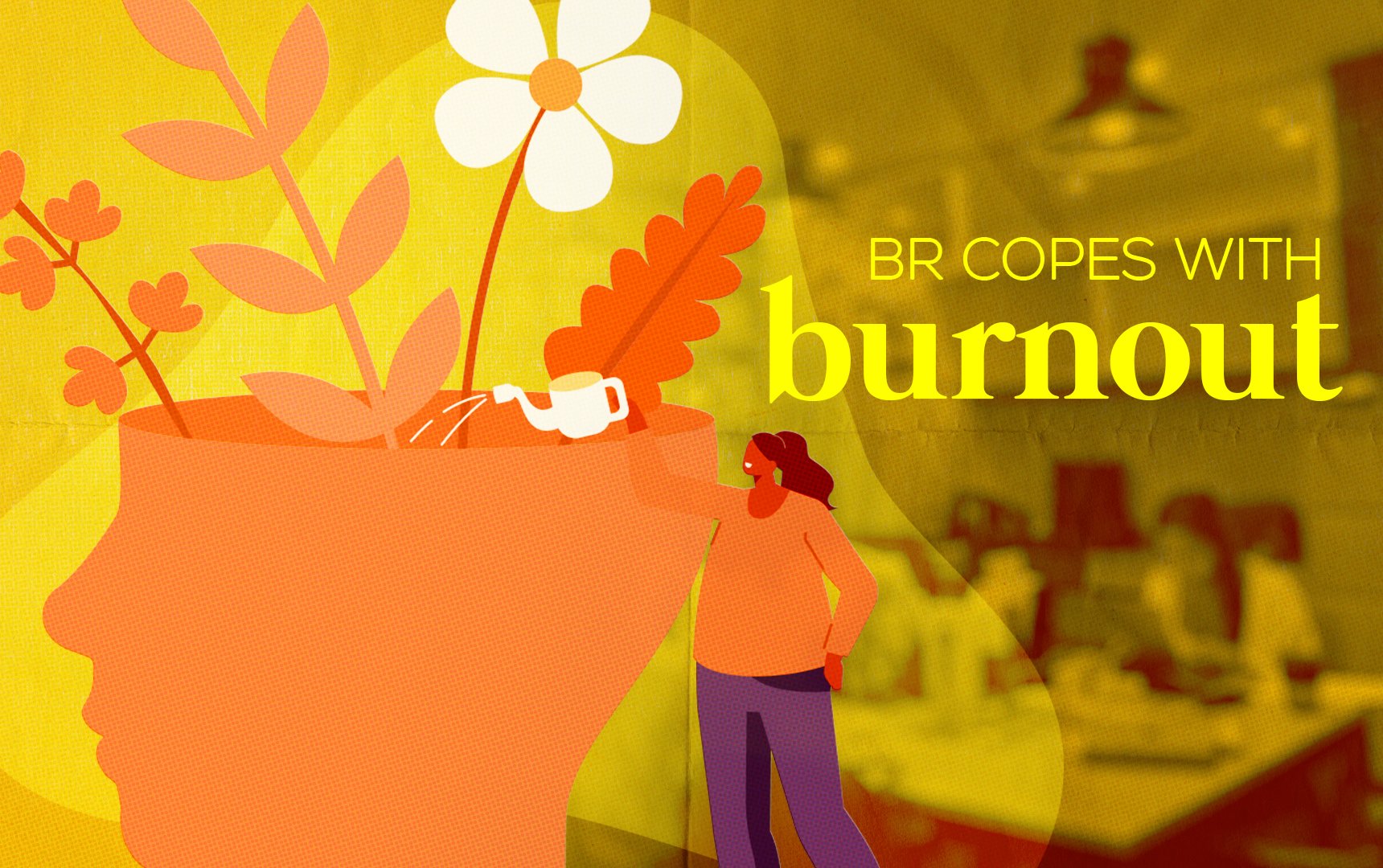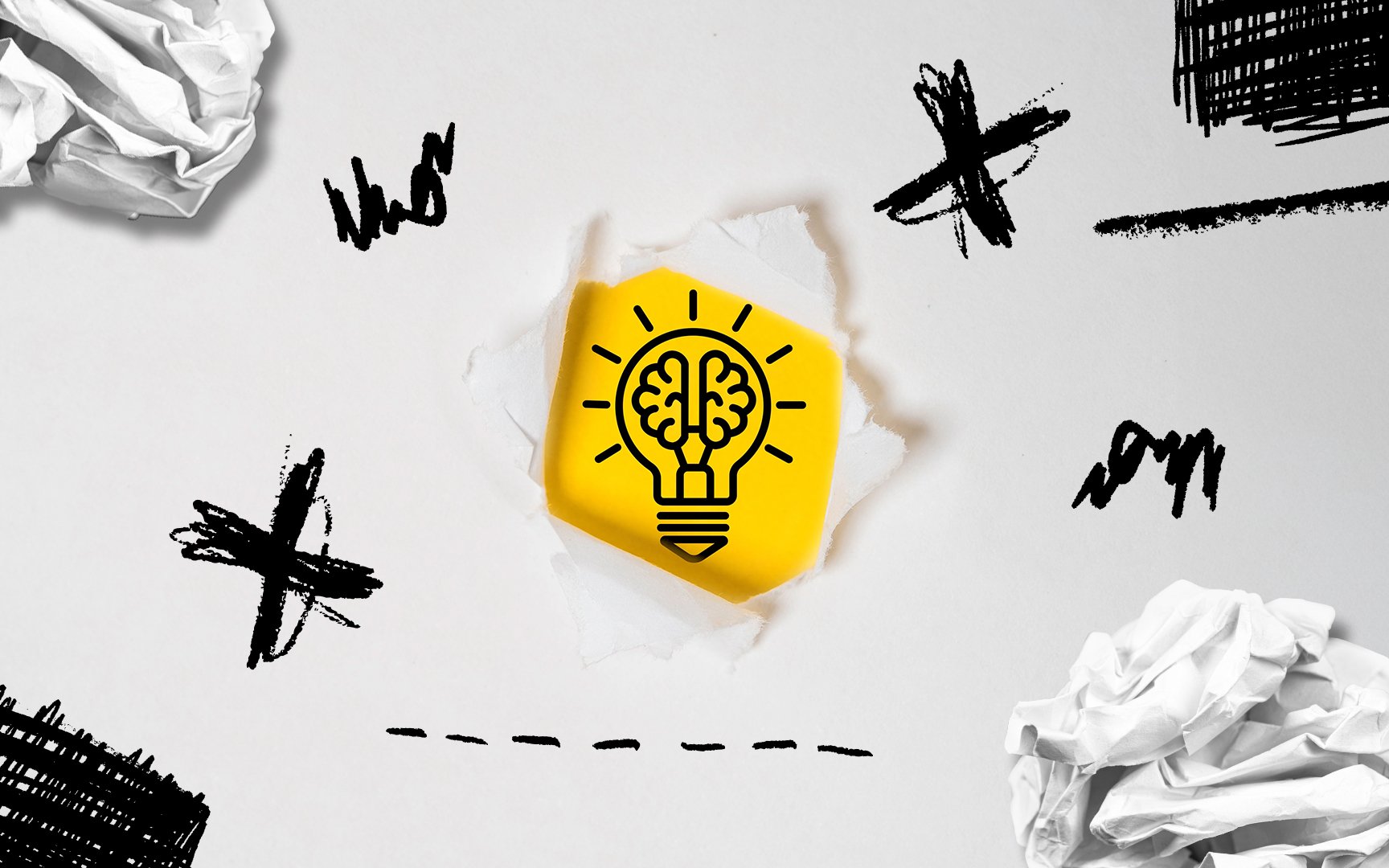Have you ever sat in front of your laptop for hours and wondered when the gods of productivity will bless you with their magic? How about staring into nothing hoping for a single thought to pop out of your mind? As professionals, we’ve all been there. One day, you’re overflowing with ideas that you can’t stop yourself from working. Then the next day, you’re stuck in a loop, not knowing how to move forward.
The loop
Creative burnout occurs when a person starts to feel the physical and mental exhaustion of doing creative work. In an interview with one of our multimedia artists, Narman, he described that the feeling of being burned out doesn’t come all at once. It’s a culmination of stress, overwhelm, and anxiety piled up over time, and yet, the build-up is so slow, that it seems too heavy already once you realize it.
Before the light burns out
While it’s true that being passionate about work motivates you to perform well in your craft, people often forget that rest is also part of the creative process. The early signs are frequently overlooked and some individuals just let it pass without acknowledging their feelings. This is exactly how a person reaches their limit and eventually loses control over the situation. So, before you can even burst out of frustration, try to recognize the signs to avoid hitting rock bottom.
One thing to keep an eye out for is what we call “quiet quitting.” It’s when someone physically shows up, but you can tell they’ve lost the spark for what they do. They’re there, going through all the work, but only simply doing what is needed from them to keep their job. This usually leads to producing work that’s different from their usual standard, leaving them feeling unsatisfied and questioning themselves. Jolo, one of Brand Republic’s (BR) creative team leaders, shared that his experience with quiet quitting felt like a huge struggle to show up at work. It left him feeling the urge to head back home before he could even start his day.
For other people, it comes in differently. Narman, a member of Jolo’s team, shared that he recognizes the sign once it affects his ability to concentrate – leading to tasks taking longer than usual to complete. This struggle to maintain focus not only impacts his work efficiency but also leaves him with less time to attend to other important responsibilities. As a result, the effects of burnout ripples beyond the immediate tasks at hand, distorting the overall balance of his workload and time management.
Moreover, burnout also manifests through physical changes in our bodies. Sleeping patterns can be disrupted by stress, making it difficult to either fall or stay asleep. Meanwhile, some people might experience forming unhealthy relationships with food due to a lack of appetite or resorting to comfort eating as a coping mechanism. As for others, there are individuals who find themselves depending on harmful habits to seek relief from exhaustion.
Lastly, burnout can even affect personal relationships. Take MJ, for example, who chooses to isolate when feeling down. She chooses to keep to herself instead of engaging with her loved ones, which leads to being unable to connect with them on a meaningful level.
Ignite the spark again
Of course, we wouldn’t let this hurdle get in our way forever. We have to get up and get our creative juices flowing once again. Here at BR, we do our best to practice work-life balance to maintain a healthy relationship with our jobs. And in celebration of World Art Day, get to know our multimedia and graphic artists through their ways of coping with burnout.
- Disrupt the routine.
As an artist, Jolo believes that burnout usually starts when tasks become repetitive. So, going out of his comfort zone to experience new things allows him to form new inspirations that he could apply to his craft, “Try to travel to gain more inspiration outside of work and the norm. I think important ‘to lalo na sa artists since we’re very visual people. We tend to recall yung mga na-oobserve sa surroundings and we try to apply sa artworks,” he says.
- Set boundaries.
As for Matt, one of the creative team leaders in BR, he values the importance of having a fine line between work and personal life. On weekends, he prefers to spend quality time with his partner or play single multiplayer games to prevent himself from thinking about work. He also added that constantly doing his hobbies keeps him happy.
- Relax with nature.
Sitting in a garden with a cup of coffee in hand is Narman’s best way to recharge. For him, the simplest things in life can ease his mind. “For sure, kape lagi ang una kong gagawin dahil para sa akin, comforting uminom ng kape habang nag-oobserve sa hardin namin,” he shares.
- Let it all out.
Sometimes, you just have to cry. Like MJ, crying is one of her ways to soothe herself. She knows when and how to acknowledge what she truly feels when hitting a slump. When you feel your emotions have already bottled up, know it’s okay to cry.
- Have a good sleep.
Improving your sleeping habits can help you recover from burnout. These habits include waking up and going to bed at the same time each day, refraining from drinking caffeine after midday, or avoiding the use of gadgets before bedtime. As our multimedia artist Gab says, “Sleep is my savior.” Getting enough rest replenishes your mind so you can start a new day with a clean slate.
Keep in mind that these are only a few of the many things you could do to recharge. The way a person manages with burnout may be ineffective for another. Each of us should find a way to cope that would best suit our lifestyle, preferences, and interests.
So if ever you find yourself discouraged due to burnout, don’t worry because it’s only temporary. It’s your body’s way of reminding you to take a pause, breathe, and make yourself a priority. After all, the purpose of working is to live and not the other way around. So go and do whatever form of break you want to make yourself feel alive again.




